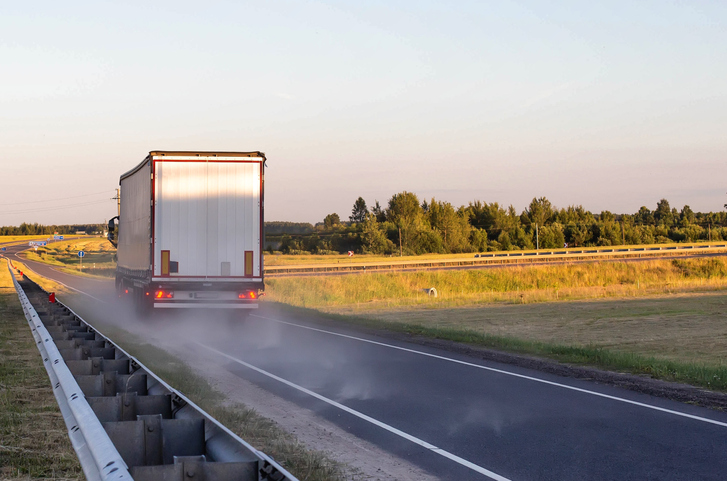New technologies are being introduced in the trucking industry all the time. Dealers and operators are often faced with new systems and tech that they must learn and maintain. Regenerative braking systems are one of these upcoming innovations that you just may want to know about.
As the adoption of hybrid and elective vehicles continues to rise, knowing how these regenerative braking systems could soon be vital for service operators.
So, how does it work?
First, let’s look at how we brake now. Currently, internal combustion engine (ICE) diesel-powered trucks dominate today’s Class 8 landscape. For these vehicles, braking is achieved through the application of torque to the wheel ends, meaning when a driver presses the brake pedal in a diesel truck, they engage brake shoes or pads lined with friction material that meet the foundation brake, converting the kinetic energy in the wheel end into heat that is absorbed by the friction material to slow and stop the truck.
Electric and hybrid trucks also have foundation brakes, but they don’t act as the sole method for stopping the vehicle. “With EVs, braking torque is supplied with motors using drive inverters,” Ameya S. Jathar, Senior Director of Engineer at Meritor says.
When we look at regenerative braking, it works a little differently. This type of braking system captures kinetic energy created during a breaking event and converts that energy into electricity, which is then routed through an electric motor into a vehicle’s batteries, extending their range. Regenerative braking is standard in hybrid and electric vehicles. As North America’s medium- and heavy-duty OEMs continue to release their first-generation elective models the technology is also spreading to trucking.
“In an EV, the battery powers the motor, but the battery also can act as a power absorber,” Jeremy Frenznick, Senior Director of Engineering at Dana says. “So rather than an ICE where you use a friction brake to scrub off speed and turn kinetic energy into heat, in an EV you capture that energy and bring it back into the batteries.”
“We sometimes call it ‘free fuel’ or ‘found fuel,’” says Andy Brown, Product Marketing Manager, Electromobility at Volvo Trucks North America. “Because in a regen that’s essentially what’s happening; you are reversing the polarity inside the electric motor so it acts as a generator and routes that energy [as electricity] back to the battery.”



